Hub of
Artistic Exchange
Ami Art Museum Is Both Artists’ Hideout and Arts Space for All
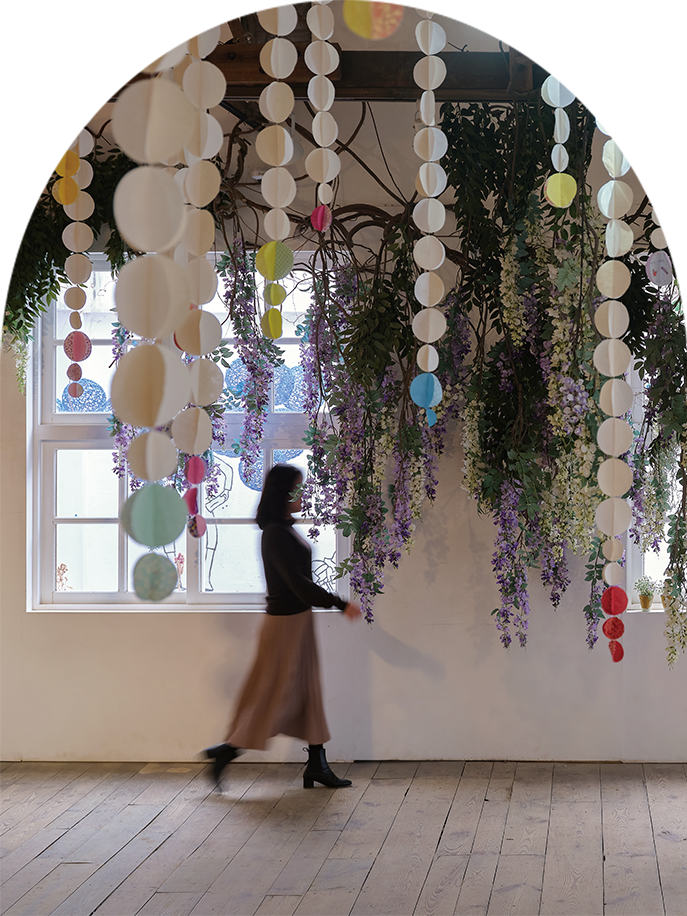
WRITTEN BY
Yu Pureum
Photographed by
Kim Byounggu
Ami Art Museum is transforming from a mere exhibit space to a hub of artistic exchange. Before becoming a place of lively communication between artists and audiences, Ami Art Museum was a dying building. Thanks to the artists who breathed new life into a disused schoolhouse, the museum has been rehabilitated as one of the hottest destinations in Dangjin, a small town on Korea’s western coast.
Yudong Elementary School―Ami Art Museum’s previous incarnation―closed down due to lack of students, like most rural schools. After a long period of abandonment, the school was brought back to life through the artistic passion of one particular artist. After completing his studies in France, painter Park Ki-ho―now the director of Ami Art Museum―returned to his hometown of Dangjin in search of a workshop where he could paint to his heart’s content. That’s when, suddenly, the abandoned schoolhouse caught his eye.
At first, he rented the old schoolhouse to use as a workshop, but he felt it was a shame to use the space alone. The emotions of the teachers, children and local residents filled the sports field, garden, classrooms and everywhere else in the old school. Park decided to turn the abandoned school house into a museum that anyone could naturally enter for some leisurely contemplation.
He spent 30 years planting grass on the desolate sports field, putting flowers and trees in the garden and painting the old exterior walls. Thanks to Park’s time and effort, disused Yudong Elementary School could become Ami Art Museum.
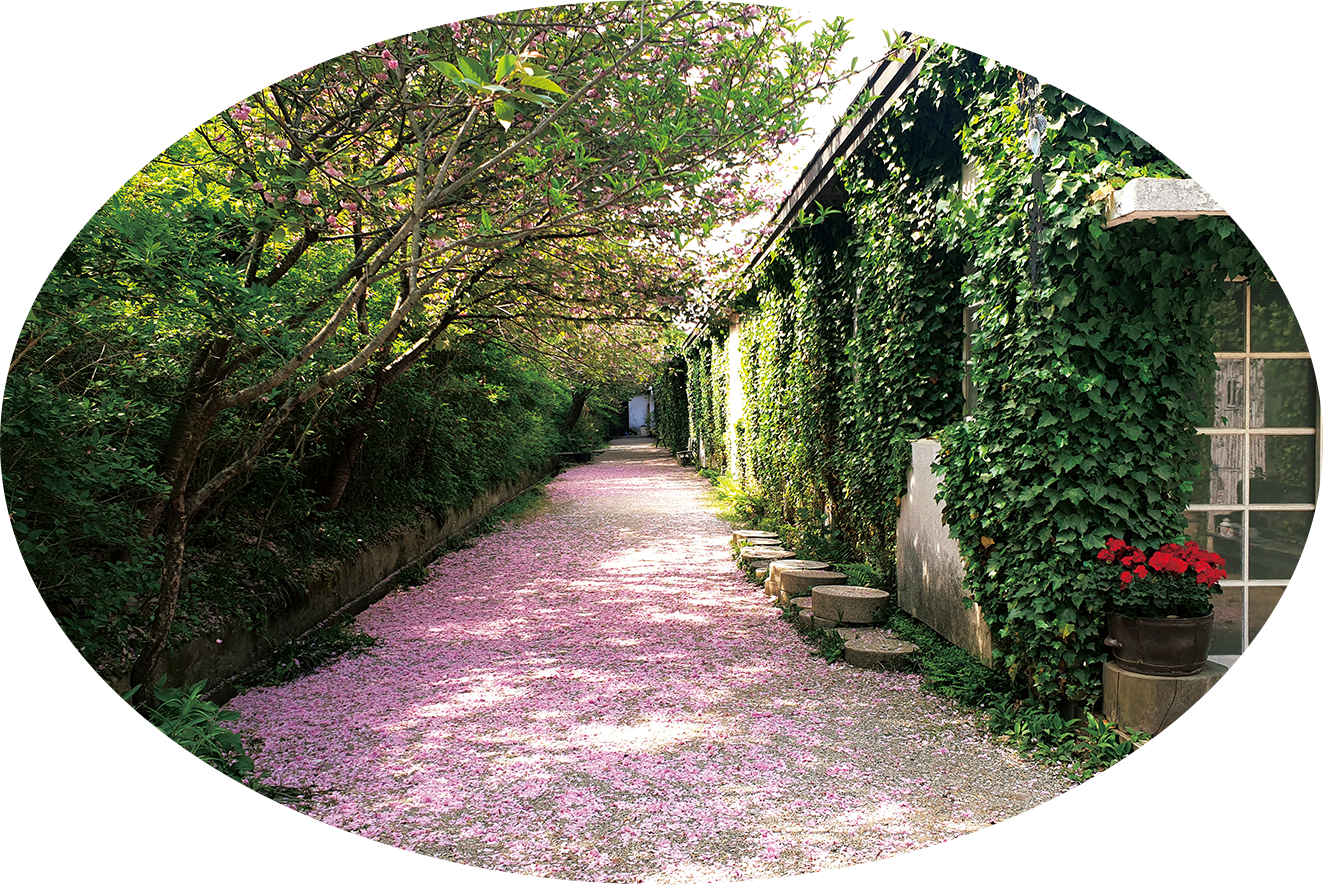
Ami Art Museum comes alive in spring. © Ami Art Museum
Artistic Network
Ami Art Museum’s point of pride is its “Ecole de Ami” residency program, which began when the museum first opened. Initially, the museum used the old schoolmaster’s house behind the school as its residency space. This provided a venue to discover new artists and promote their work to the public, while connecting it to arts education programs for local children, creating a virtuous circle centered on the museum.
After six years of operation, the Ecole de Ami program took a five-year hiatus. During that time, the museum remodeled an old salt warehouse about 20 minutes away that it had purchased to use as its new residency. The Ecole de Ami program restarted at the new location in 2021 with five new artists.
The five artists worked under the theme, “Harbor.” During the course of the residency program at the old salt warehouse, the artists engaged in endless artistic exchanges. As they tackled the theme of “Harbor” in their own forms, genres and subjectivity, they positively inspired one another. The artists also enjoyed valuable moments, such as mentoring and meetings with Park and museum vice-director Gu Hyeon-suk.
The fruits of this artistic exchange did not end with a mere exhibit. Their activities continued through connected programs at the Ami Art Museum like “Meeting the Artist,” “Coloring Program” and “Museum with Explanations,” becoming a lively tool of artist education for local students. Having brought its 2021 residency program to a conclusion, the Ami Art Museum is now preparing its 2022 program for new artists to spread their creative wings.
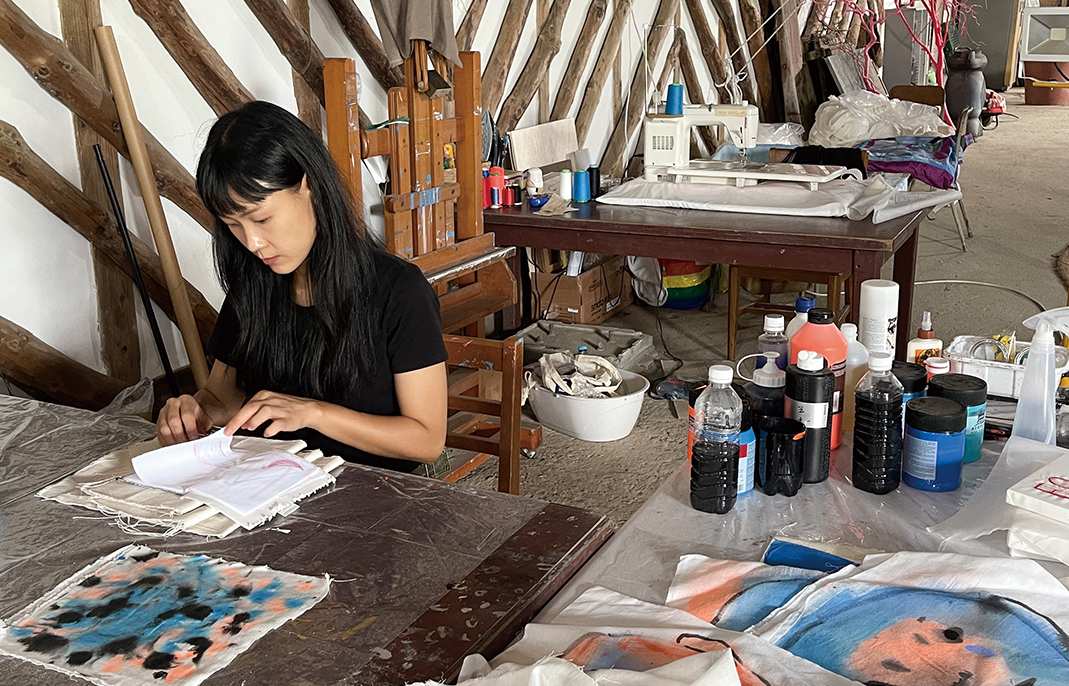
Artist at work as part of the ‘Ecole de Ami’ residency program. © Ami Art Museum
Arts for All
Ami Art Museum is a treasure trove for visitors, too. This is because it has become an arts space anyone can visit and enjoy, as Park intended. The museum is easy to enjoy, with countless flowers in spring, burden-free exhibits and photogenic permanent exhibits. Thanks to one painter’s love and passion for the arts that began long ago, the abandoned schoolhouse has been revived as a garden of the arts for all.

A family visits Ami Art Museum.
Other Articles
-

Special Ⅰ A School for Families
-
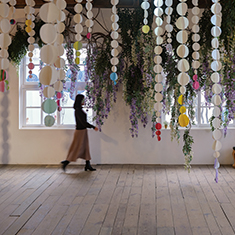
Special Ⅱ Hub of Artistic Exchange
-

Trend Nostalgic Flavors
-
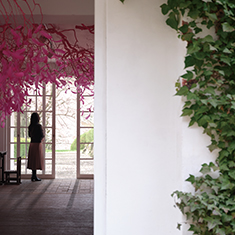
Hidden View Garden for All
-
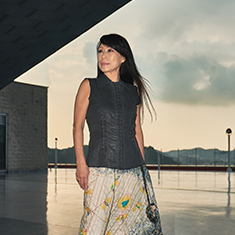
Interview Composer Unsuk Chin
-
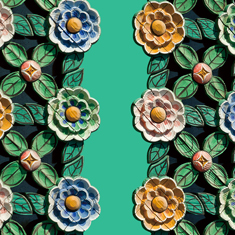
Art of Detail Magnificent Munsal
-
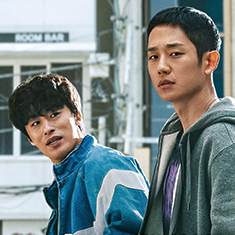
Film & TV D.P.
-

Collaboration Tradition Becomes Hip
-
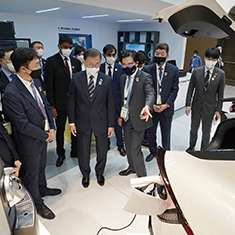
Current Korea Korea’s Deeper Ties with UAE, Saudi Arabia, Egypt
-

Global Korea Hanji Art Workshop in Italy
